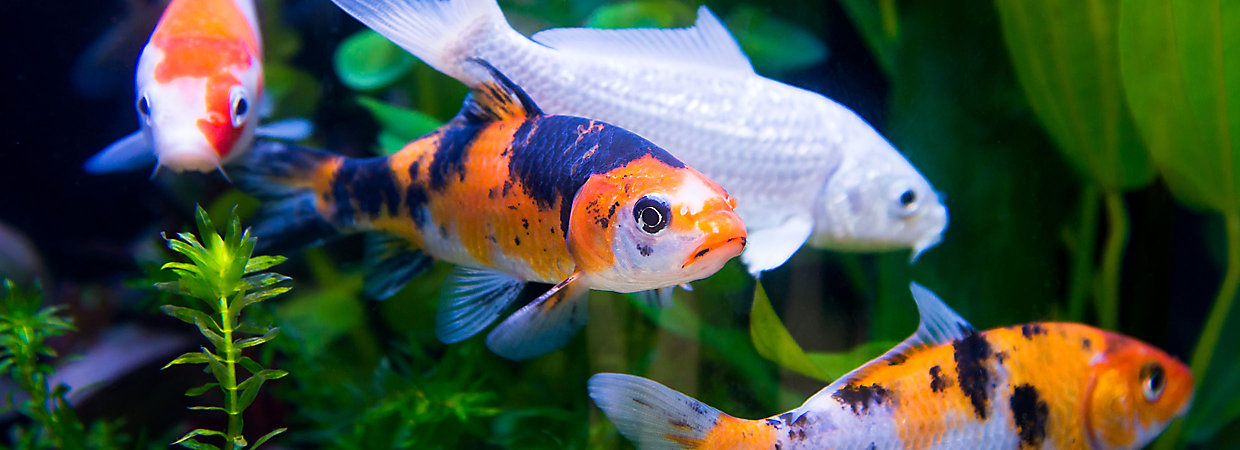
10 Expert Tips for Keeping Your Koi Pond Crystal Clear
10 Expert Tips for Keeping Your Koi Pond Crystal Clear
A koi pond can be the centerpiece of a beautiful backyard, providing relaxation and enjoyment for both you and your fish. However, keeping a koi pond clear can be a challenge. Algae growth, debris, and other pollutants can quickly cloud the water, making it difficult to appreciate your fish and their surroundings. Here are 10 expert tips for keeping your koi pond crystal clear.
1. Choose the right location
When deciding where to put your pond, it’s important to consider factors like shade, wind exposure, and proximity to trees. Full sun can encourage algae growth, while too much shade can make it difficult for aquatic plants to thrive. Trees can create problems with falling leaves and other debris. Ideally, your pond should be located in a spot that gets some morning sun and afternoon shade.

2. Choose the right size
The size of your koi pond can affect how easily you can keep it clean. Larger ponds generally have more stable water quality and can accommodate more fish. However, larger ponds can also require more maintenance. As a general rule, aim for a pond that’s at least 1000 gallons and at least 3 feet deep. This will give your fish plenty of room to swim and allow for a healthy ecosystem.

3. Install an adequate filtration system
A good filtration system is critical for keeping your koi pond crystal clear. There are many options to choose from, including mechanical, biological, and UV filters. Mechanical filters remove debris and particulate matter from the water, while biological filters support the growth of beneficial bacteria that break down fish waste. UV filters use ultraviolet light to kill algae and other microorganisms. Depending on the size of your pond, you may need more than one type of filter.

4. Don’t overstock your pond
It can be tempting to add lots of fish to your pond, but overstocking can quickly lead to water quality problems. As a general rule, you should have no more than 1 inch of fish per 10 gallons of water. For example, a 1000-gallon pond should have no more than 100 inches of fish. It’s also important to consider the ultimate size of the fish you’re adding. Koi, for example, can grow quite large and require more space than smaller fish.

5. Keep up with routine maintenance
Regular maintenance is key to keeping your koi pond clear. This includes removing debris like leaves and twigs, netting out excess fish waste, and checking your filter system regularly. You should also test your water regularly to make sure it’s balanced and adjust chloramine levels as needed. Finally, be sure to do a partial water change (about 10-15%) every month or so to prevent the buildup of pollutants and excess nutrients.

6. Choose the right plants
Aquatic plants can help keep your koi pond clear by absorbing excess nutrients and providing shade. However, not all plants are suitable for a koi pond. Some plants, like water lilies, can become a food source for your fish and may not survive. Other plants, like duckweed and water hyacinths, can grow out of control and choke out other plants. Aim for plants like water irises and submerged grasses that are hardy, easy to maintain, and won’t compete with your fish for food.

7. Control algae growth
Algae is a common problem in koi ponds, especially during the warmer months. While some algae is normal and even beneficial, excessive algae can turn your pond into a green mess. To control algae growth, you can use a variety of methods, including algaecides, barley straw, and beneficial bacteria. Be careful when using algaecides, as some types can harm your fish. Barley straw and beneficial bacteria are natural options that can be effective for controlling algae.

8. Watch out for predators
Koi are beautiful and valuable fish, which makes them targets for predators like raccoons, herons, and even cats. To protect your fish, you can use netting or install a motion-activated scarecrow. It’s also important to provide hiding places for your fish, such as caves or overhangs, to help them avoid predators.

9. Provide proper nutrition
Feeding your fish the right diet is important for their health and for keeping your pond clear. Overfeeding can lead to excess fish waste, which can contribute to water quality problems. Underfeeding can also be a problem, as hungry fish may start eating plants or even each other. When choosing a fish food, look for a high-quality option that’s appropriate for your fish’s size and nutritional needs.
10. Maintain proper water chemistry
Maintaining proper water chemistry is key to keeping your koi pond clear and healthy. This includes monitoring pH levels, ammonia and nitrite levels, and temperature. If you notice a problem with your water chemistry, you can use additives like pH buffer or dechlorinator to bring the levels back to normal. Be sure to follow the instructions on any water treatments carefully, as overuse can harm your fish.
